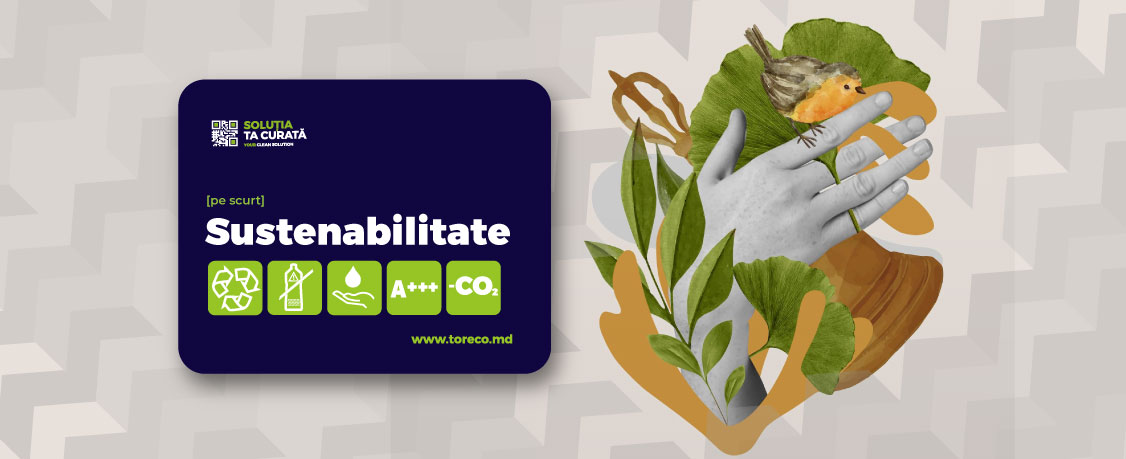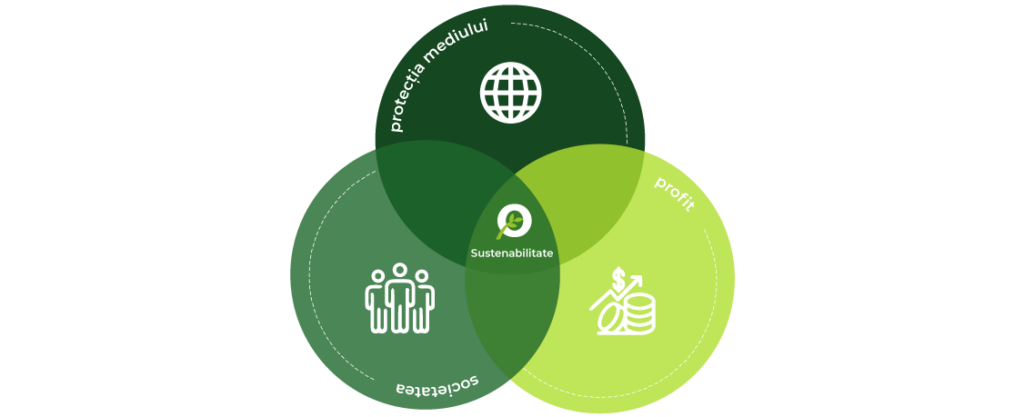
Sustainability is an omnipresent concept in contemporary society, and an increasing number of companies are directing their focus towards products and processes that are more environmentally friendly, aiming to reduce carbon footprint. However, a precise understanding of sustainability and the importance of adopting a more sustainable approach are essential to ensure a green future for generations to come.
The definition of sustainable development, as per the 1987 Brundtland Report by the World Commission on Environment and Development, titled "Our Common Future," is centered around meeting present needs without compromising the ability of future generations to meet their own needs. Its primary objective is to find a balance between economic development and the protection of social and ecological equilibrium.
Reducing Costs and Increasing Profit – Without Compromising the Planet or Society
The 3P - The Triple Bottom Line (TBL)
The concept of the Triple Bottom Line (TBL), introduced approximately 30 years ago, represents an economic approach that goes beyond mere profit maximization. It encourages companies to focus on and evaluate their impact on the planet, population, and profit, recognizing the interconnections between these areas.
The phrase "triple bottom line" was coined in 1994 by English economist John Elkington. The idea he wanted to convey was that a company can operate not only in a manner that makes money but also in one that enhances the lives of people and the planet, and companies should commit to focusing on the environment and people as much as they do on profit.
Planet, population, and profit constitute the three pillars of sustainability within the TBL framework. Companies that adopt this approach aim to reduce their ecological footprint, improve working conditions, and contribute to the development of the communities in which they operate, without neglecting the goal of making profits.

Planet – This component indicates that an institution/company seeks to minimize its ecological footprint as much as possible through measures such as waste reduction, investments in renewable energies, efficient management of natural resources, and improvement of facilities or logistics.
Population – Designates the human component of an institution/company, their work, daily habits, as well as the action and impact of the company on the community in which it operates. Another way to look at the population in this equation is related to how much society benefits from the respective company.
Profit – It is evident that every institution/company aims for profitability, and sustainable enterprises consider profit as part of a business plan. Even though in the short term, a sustainable company may seem less profitable, in the long run, sustainability can be cost-effective, especially concerning reuse and recycling.
Integrating sustainability into business brings numerous benefits. It not only reduces long-term operational costs and enhances the company's reputation but also provides a significant competitive advantage and stimulates profit growth.
Benefits of Sustainable Business
There are numerous ways in which companies can become more sustainable, from adopting recycling practices and resource conservation to investing in sustainable technologies and raising employee awareness.
Reduce business costs
Although implementing sustainability measures may seem costly, in the long run, they will bring substantial savings, leading to significant cost reductions for the business. For example, purchasing and installing solar panels for solar energy generation is an investment that, in a few years, pays off and continues to save the company money that would be spent on traditional energy. Another example is the use of automated plastic bottle and aluminum can collectors - RVM, waste balers,, selective waste collection,, the more sustainable the business becomes, the less is spent on energy and materials.
Enhance company reputation and image
People increasingly appreciate sustainability. Companies with ecological values understand this and do not hesitate to present them publicly. Aligning a company with sustainable practices shows the world that it cares not only about its own profit, and appreciation is not far behind. Ultimately, the company stands to gain the most.
Competitive advantage
Companies that have included sustainability in their strategy outperform those that have not. Industry experts also say that sustainability is a starting point for organizational and technological innovations that bring unexpectedly good results, and that is what most investors are looking for.
Increase profit
Reduced costs, innovative technologies and processes, good reputation and image, with more customers and recognized values, profit is increasing.
Simple Ways We Can Become More Sustainable: Educate yourself; Reduce, Reuse, Recycle; Save energy and water; Use sustainable means of transportation; Support organizations and initiatives working for sustainability; Adopt sustainable production practices; Raise employee awareness; Invest in sustainable technologies; Efficient resource use; Green chemistry; Circular economy, etc.
In conclusion, a product or service can be truly sustainable only if the responsible company manages to maintain a balance between economic gains, social equity, and environmental conservation in its production and marketing processes.